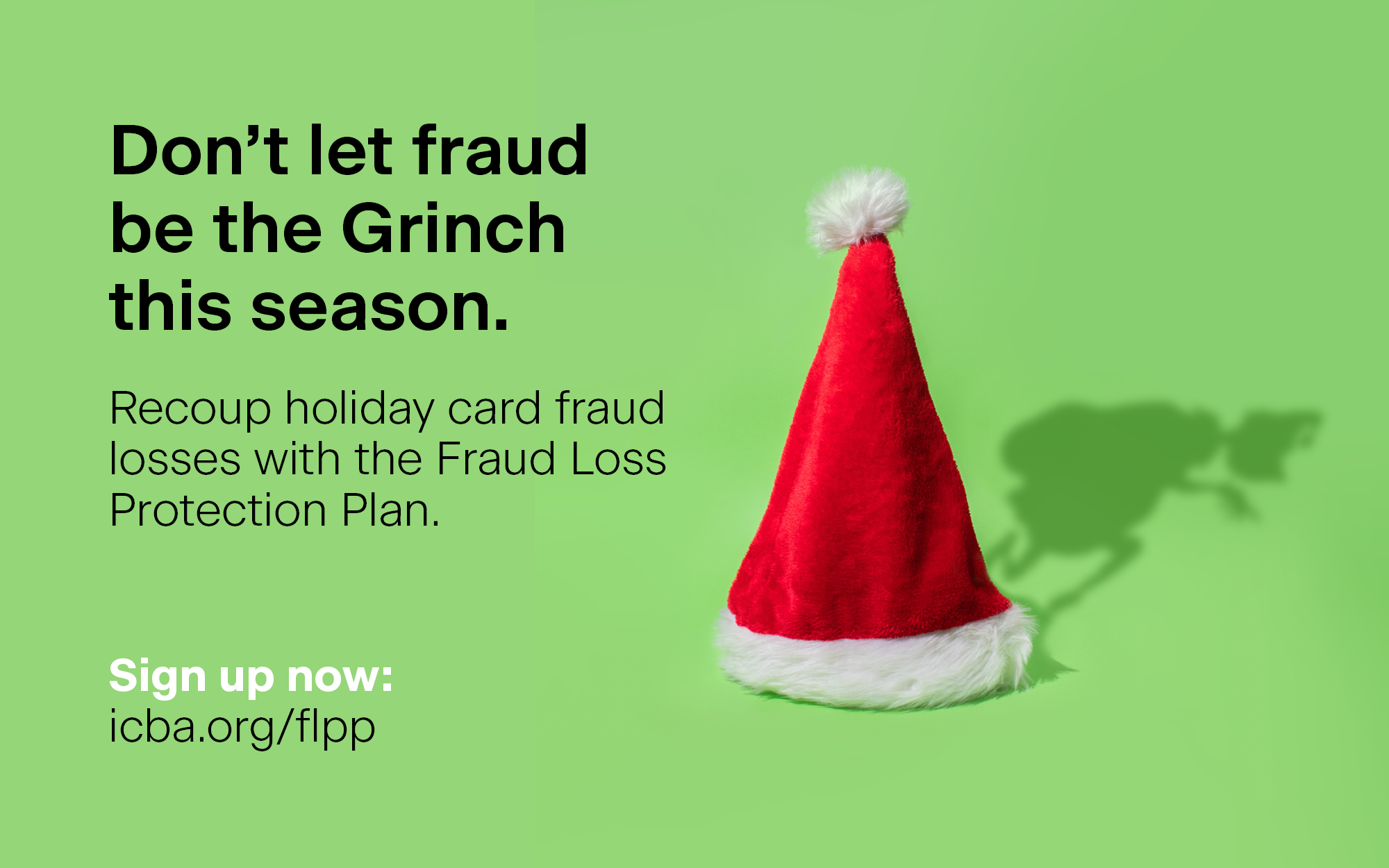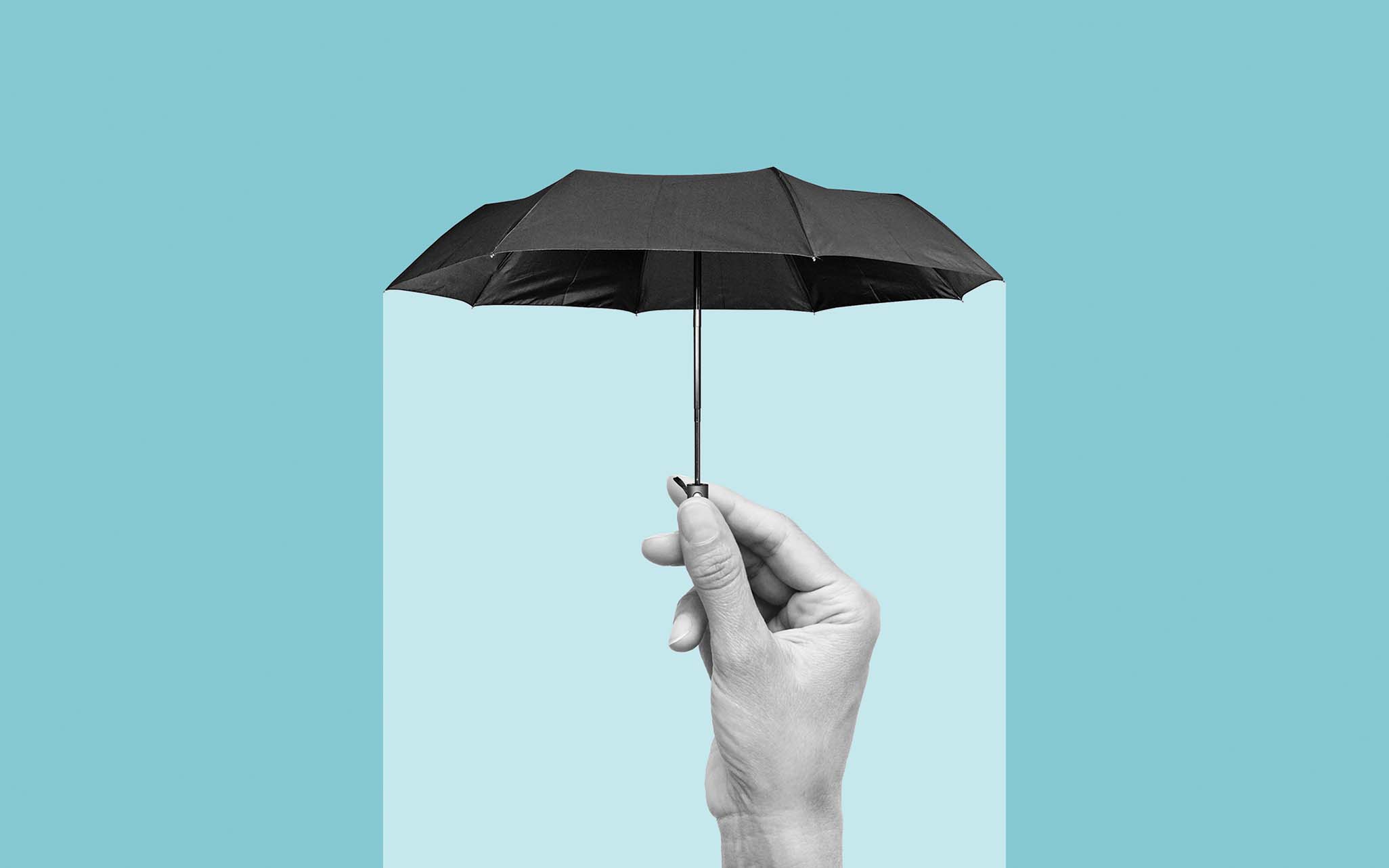Community banks have to take a heavy hand when it comes to fraud. Amid both high-tech and check fraud, these banks are encouraging a watchful eye through technology and education.
Fighting Fraud with Tech and Training
October 01, 2025 / By Judith Sears
Community banks have to take a heavy hand when it comes to fraud. Amid both high-tech and check fraud, these banks are encouraging a watchful eye through technology and education.
Nowadays, financial fraud artfully combines personal influence with high-tech tools. Fraudsters may coach their victims via Bluetooth to deposit a fraudulent check at a bank branch, return a portion to them via a peer-to-peer channel, and then disappear into the ether with the victim’s cash.
Miguel Rivera, fraud manager for $3 billion-asset Ponce Bank in Bronx, New York, recently dealt with an elderly woman caught up in a lottery scam. She had deposited a check through the ATM that was large in comparison with her usual deposits.
Rivera, who is a member of the International Association of Financial Crimes Investigators (IAFCI) and a certified financial crimes investigator, discovered that the account of the company named on the check had been hacked, and the check was going to bounce.
“The check had come in the mail with instructions to deposit and return a portion to the sender. This individual was about to do that,” Rivera says. “She felt terrible that she got scammed. She was distraught. We were able to save the money. We opened a new account, gave her a new debit card and reassured her. We suggested she come into the bank in the future.”
The practice of giving a victim a fake check for deposit is just one example of why check fraud is at the top of banks’ fraud concerns.
“It’s one of the top operational issues banks are facing,” says Scott Anchin, senior vice president of strategic initiatives and policy for ICBA. “Checks are a 1,000-year-old technology, but today we’re seeing a spike in check-related crimes.”
The pandemic altered the fraud landscape
Bankers first noted the switch in fraud tactics during COVID-related closures. “There was a huge increase after COVID, because some of the ACH participants recognized vulnerabilities and clamped down on the ACH channel,” says William Mills, VP of deposit and ACH operations for $1.1 billion-asset Premier Bank in Maplewood, Minnesota. “Fraudsters moved to checks because the physicality of checks and the amount of information that is sent with a check ended up being an easier scam.”
Unfortunately, check fraud has attained impressive levels of sophistication. Anchin reports that entire ecosystems develop around stolen check materials.
“Oftentimes, these are rings,” he says. “[Fraudsters] use social networks and post checks that are for sale. They offer kits with helpful instructions on how to alter checks and may even provide starter checks. It’s not especially difficult to get started.”
Amanda Gravely, SVP and director of in-market banking for $3.7 billion-asset Primis Bank in McLean, Virginia, reports that her community bank experienced a concerning uptick in check fraud in 2023. Executives put out a call to action.
“We asked all Primis Bank employees to put on their risk and fraud lenses,” she says. “We implemented a manual check review of tens of thousands of checks every day. That was a massive undertaking. Half the business day was putting eyes on checks before we made a pay decision. That was a tough pill, but we did it.”
Early on, Gravely started a “Watch Dog” program incentivizing employees to find and report fraud. Employees who identify fraud submit requests and qualify for a cash reward.
The community bank’s effort was incredibly successful. “We have more or less eliminated check fraud before a loss occurs,” Gravely says. “Our fraud losses are now very nominal, between 10% and 20% of our forecast. So far this year, only one or two fraudulent checks have successfully cleared.”
Personal connection is a critical fraud-fighting tool
Financial fraud succeeds because of its emotional appeal, typically playing on love, fear or greed. Scammers tell targets a variety of stories: “You’ve won the lottery,” “Your true love has arrived,” “You owe the IRS,” “You’ve got too many unpaid parking tickets,” etc.
For this reason, the ability to handle difficult conversations is essential to retaining customer relationships. Yampa Valley Bank in Steamboat Springs, Colorado, regularly trains frontline staff in these skills.
“We train them in conversations and to look for new behaviors or if people seem scared,” says Becca Knowles, SVP and COO. “If someone is withdrawing a big amount, a teller might ask if they have plans for something special. When customers seem uncomfortable, frontline staff have fraud handouts and may look for signs they’re being coached. Our message is, ‘We’ve been seeing a lot of fraud; we want to protect you.’”
Amanda Gravely, SVP and director of in-market banking for Primis Bank in McLean, Virginia, says that an alert Primis Bank frontline team recently turned potential fraud into an expanded relationship with a customer. The customer, whose major banking relationship was with another institution, came into a Primis branch after her phone had been hacked and cloned. Her primary institution had refused to help her beyond preventing her from accessing her accounts. “She’d been turned away and treated like her concerns were trivial,” Gravely recalls.
Primis associates helped the customer get her phone scrubbed and added safeguards to her accounts. “She moved her entire relationship to us,” Gravely says. “Earning relationships starts with earning trust.”
Technology to the rescue
Gravely adds that during its manual review, Primis Bank was actively looking at technology tools to support its fraud fighting efforts. The community bank subsequently implemented ARGO OASIS, fraud detection software with automated transaction and image analysis.
Gravely notes that Primis Bank’s intensive manual review helped to implement software alerts. “It showed which alert categories should be tightly tuned and which could be a little less,” she says.
Yampa Valley Bank in Steamboat Springs, Colorado, has implemented TrueChecks, check fraud detection software. This program has compiled a national database of returned checks, and Becca Knowles, SVP and COO of Yampa Valley Bank, is pleased with the program’s performance for the $655 million-asset community bank and its customers. “It’s saved us a ton of money,” she says.
Mobile deposits can be especially vulnerable to the ploy of giving someone a fake check for deposit. Yampa Valley has taken a strong stance to shut down this particular channel.
“We are risk averse when it comes to mobile deposits,” Knowles says. “We don’t give access to mobile deposits within the first 60 days of an account opening. Even after that, they are [restricted on the deposit amount and number of deposits] until there is a lengthier history. We have a risk-scoring system in place to show that their use is legitimate.”
Along with check fraud, ACH and wire fraud are flourishing, and just about any transaction is fair game, even pet adoption. Websites, complete with fake reviews, market adorable pets online. Once a purchase has been made, the sites bleed the eager buyer with additional fees for things such as vaccination, registration and a special kennel for transportation. The hoped-for pet is never delivered.
Rivera credits his IAFCI training with equipping him to spot one such scam. “I hadn’t even known pet scams existed,” he says. When he noticed that an incoming wire memo said “pet adoption,” he refused the wire and urged the wiring institution to investigate, which stopped the fraud attempt.
Resources to help you fight fraud
Rivera recommends IAFCI, a nonprofit whose membership includes law enforcement, bankers, private-sector security professionals and more, as a resource for other community banks. “We share current trends and educate each other,” he says.
Yampa Valley Bank deploys several tools to battle check fraud. The community bank is a member of ECCHO, a clearing house and core payments system infrastructure. ECCHO’s Rule 9 warranty holds that if a check has been confirmed between ECCHO member banks as fraudulent, the original depositary bank is liable for the fraudulent items and held responsible for returning the funds, if there are sufficient funds in the customer accounts.
This builds bank-to-bank relationships and expands the timeframe for banks to resolve fraud issues. “A lot of banks are partners in ECCHO, and it builds a different relationship between banks and liability,” notes Knowles. “We’re able to go bank to bank and communicate between banks versus using the federal adjustment system. ECCHO is gaining a lot of traction. Regulators like consumer protection.”
Mills says that a recurring problem in fraud resolution is determining which bank has liability (see sidebar, opposite). In the case of ACH transfers, the receiving institution bears fewer warranties in the network.
“The receiving institution has no obligation to name match, which was part of the problem in COVID with unemployment fraud,” he notes.
Mills encourages community banks to use the Risk Management Portal from Nacha, which governs the ACH network. This portal provides a directory of fraud-related contacts at other institutions. It helps bankers find the right contacts at other institutions to discuss potentially fraudulent transactions.
“We need that communication about the scenario that’s taking place to determine if we’re seeing a fraudulent situation,” he says.
Yampa Valley Bank has also implemented NICE Actimize as a wire fraud resource. “It reviews wires for risk factors and helps get some fraud that we wouldn’t see otherwise,” Knowles says.
Besides the monetary losses, which can be devastating, fraud sabotages relationships between community banks and their customers. “It hurts the trust of the customer,” Rivera acknowledges. “We’re a community bank working with consumer accounts and small businesses. We try to know our customers. They are feeling like someone broke into their bank account. They feel violated. It impacts perception of that bank.”
These tools can help you fight check fraud and other types of fraud
Community banks can take advantage of many fraud-fighting resources available through ICBA.
ICBA’s partnership with the Postal Inspection Service includes a customizable news release via ICBA’s Marketing Resource Center (icba.org/mrc).
Explore on-demand webinars on handling check fraud (icba.org/webinars).
Read the downloadable guide to detecting check fraud (icba.org/checkfraud).
The fraud subgroup on ICBA Community (community.icba.org) includes more than 1,000 members who are dedicated to discussing fraud and sharing ways to fight it.
Internal education is key
Community banks are pushing hard to keep their team members up to speed on fraud trends. Rivera meets with all new hires at Ponce Bank.
“It’s building the relationship between the back office and the front side,” he explains. “It educates them. I can’t do my work without the branches. They’re the ones communicating with the customer and building relationships. How many people are touching real checks if not in a branch?”
Bankers are also moving to educate their communities. Mills teaches a monthly class at a local library. “I think it’s our responsibility to go out to the community and tell people how to protect themselves,” he says.
He incorporates information from the Consumer Financial Protection Bureau and developing fraud trends. “I also talk about the ‘magic words’ people need to use with a bank so that the bank can know they’re serious,” Mills explains. “If a customer comes in and says, ‘Here’s an ACH to my account that I did not authorize,’ the staff immediately knows that this person knows what they’re saying.”
Much community outreach targets two demographics that appear to be especially susceptible to fraud: senior citizens and teenagers. The elderly may be isolated and easily confused. Teenagers often have little understanding of the financial system and are not really thinking about the consequences.
“Teens are a vulnerable group,” Gravely says. “Someone says, ‘Put this check in your account, and you can keep half of it,’ and the teen thinks they know this person, or it is a friend. Now the teen owes the bank thousands, and they haven’t turned 18 yet.”
Knowles reports that Yampa Valley representatives focus on reaching younger people, whether through Junior Achievement clubs, Boys and Girls Clubs or college fairs. “We think financial education is important for kids, so that they’re more aware, especially with the technology-centric world they’re growing up in,” she says. “We teach them what to look for.”
Financial fraud may have escalated in recent years, but community banks are increasing their readiness and effectiveness in meeting threats. Their most important tool? Education.
“The only way we beat the fraudsters is that everybody is educated about how to protect themselves,” Knowles says. “The more we talk about fraud, the less fraud we’ll see.”
Check fraud liability and the uniform commercial code
Financial institutions don’t always present a unified front in fighting check fraud. Under the Uniform Commercial Code (UCC), the bank of first deposit has liability for altered checks, while the paying bank has liability for counterfeit checks.
Altered checks are defined as legitimate checks that have been tampered with to change details, whereas a counterfeit check is a fake check that has been created from stolen or fabricated account information.
But in practice, the distinction between altered and counterfeit may not be so clear. “There’s no clear definition of altered versus counterfeit checks, and the question of liability is a significant one,” points out Scott Anchin, senior vice president of strategic initiatives and policy for ICBA. “Banks go back and forth over whether a check should be considered altered or counterfeit. That leads to uncertainty.”
Anchin believes that the UCC may have to reconsider whether altered versus counterfeit is a distinction without a difference. Amendments to the UCC are a long process with many steps, but Anchin does see some progress.
“It’s being actively discussed, and we’re seeing positive momentum that we haven’t seen in a number of years,” he says.
Subscribe now
Sign up for the Independent Banker newsletter to receive twice-monthly emails about new issues and must-read content you might have missed.
Sponsored Content
Featured Webinars
Join ICBA Community
Interested in discussing this and other topics? Network with and learn from your peers with the app designed for community bankers.
Subscribe Today
Sign up for Independent Banker eNews to receive twice-monthly emails that alert you when a new issue drops and highlight must-read content you might have missed.
News Watch Today

Join the Conversation with ICBA Community
ICBA Community is an online platform led by community bankers to foster connections, collaborations, and discussions on industry news, best practices, and regulations, while promoting networking, mentorship, and member feedback to guide future initiatives.













